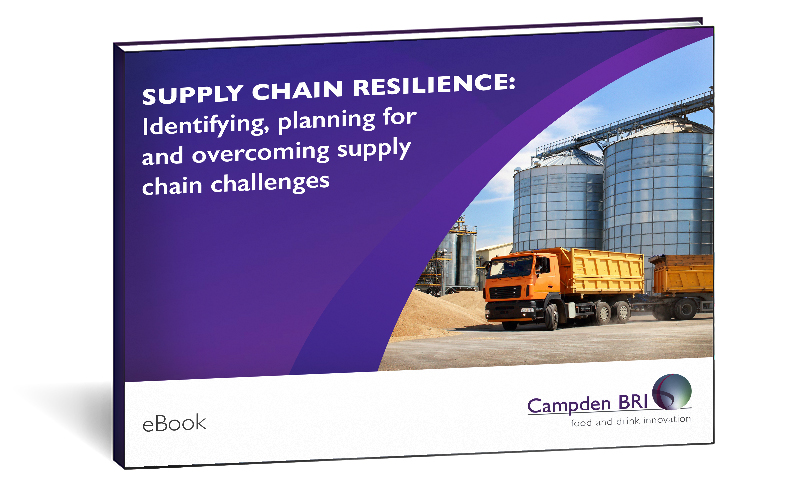Egg functionality: tackling variability and ensuring product quality
39 minutes
Understanding ingredient functionality – what each ingredient does for your product, and how – gives you the power to improve your products and processes, save money and time, prevent product losses and waste, challenge ingredient variation, resolve supply issues and select ingredients that are right for you.
Egg characteristics will vary depending on the diet, environment and genetics of the hens, as well as the production practices, age of the eggs and their storage and distribution conditions.
We can help to determine what it is about egg that makes your product behave the way that you want it to and at which steps of the manufacturing process this comes into effect. Where you are no longer getting the same outcomes from your eggs, we can help to characterise and overcome the challenge.
Download our FREE Supply Chain Resilience eBook today! Thrive in a changing environment by being prepared, agile and resilient.


About Jo Baker-Perrett
After graduating from his master’s degree in chemistry from the University of Sheffield in 2014, Jo worked in education before joining us in 2016. Since then, Jo has worked in the bakery department, and then in Food and Drink Microstructure, after which he started managing this section, which is mainly focused on physical characterisation and ingredient functionality.
Jo has published various Campden BRI research reports and trade press articles, as well as producing regular food industry blogs for our website.
How can we help you?
If you’d like to find out more about ingredient functionality, contact our support team to find out how we can help.
Download our FREE ‘Supply Chain Resilience’ eBook today!
Be resilient and thrive – ensure continuity of supply of safe, quality food.







